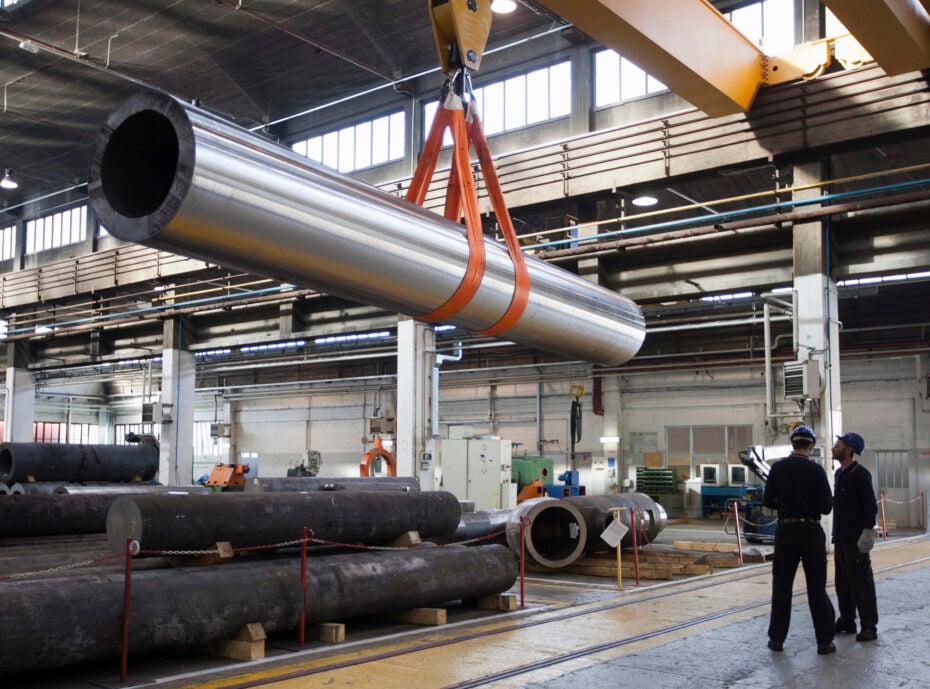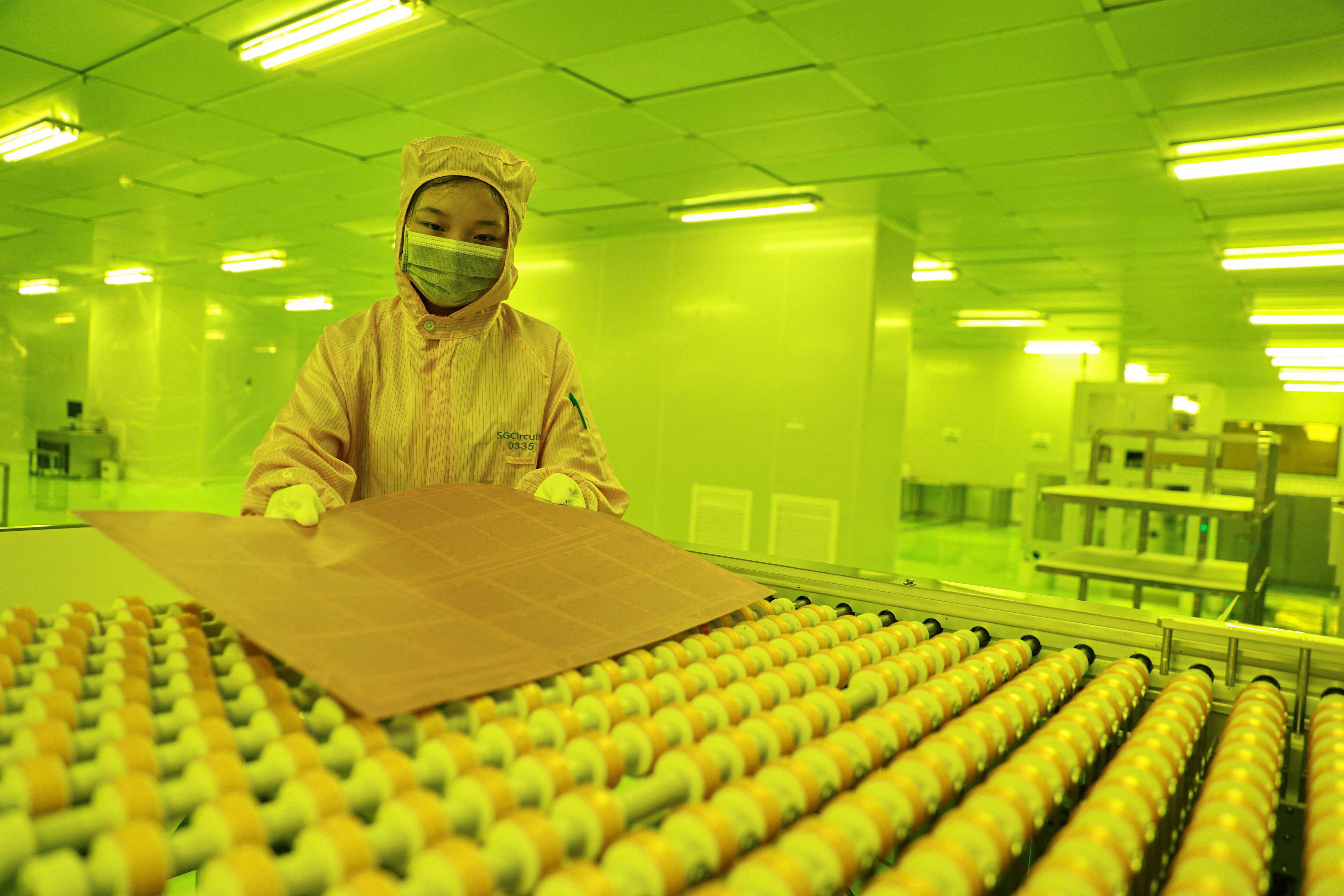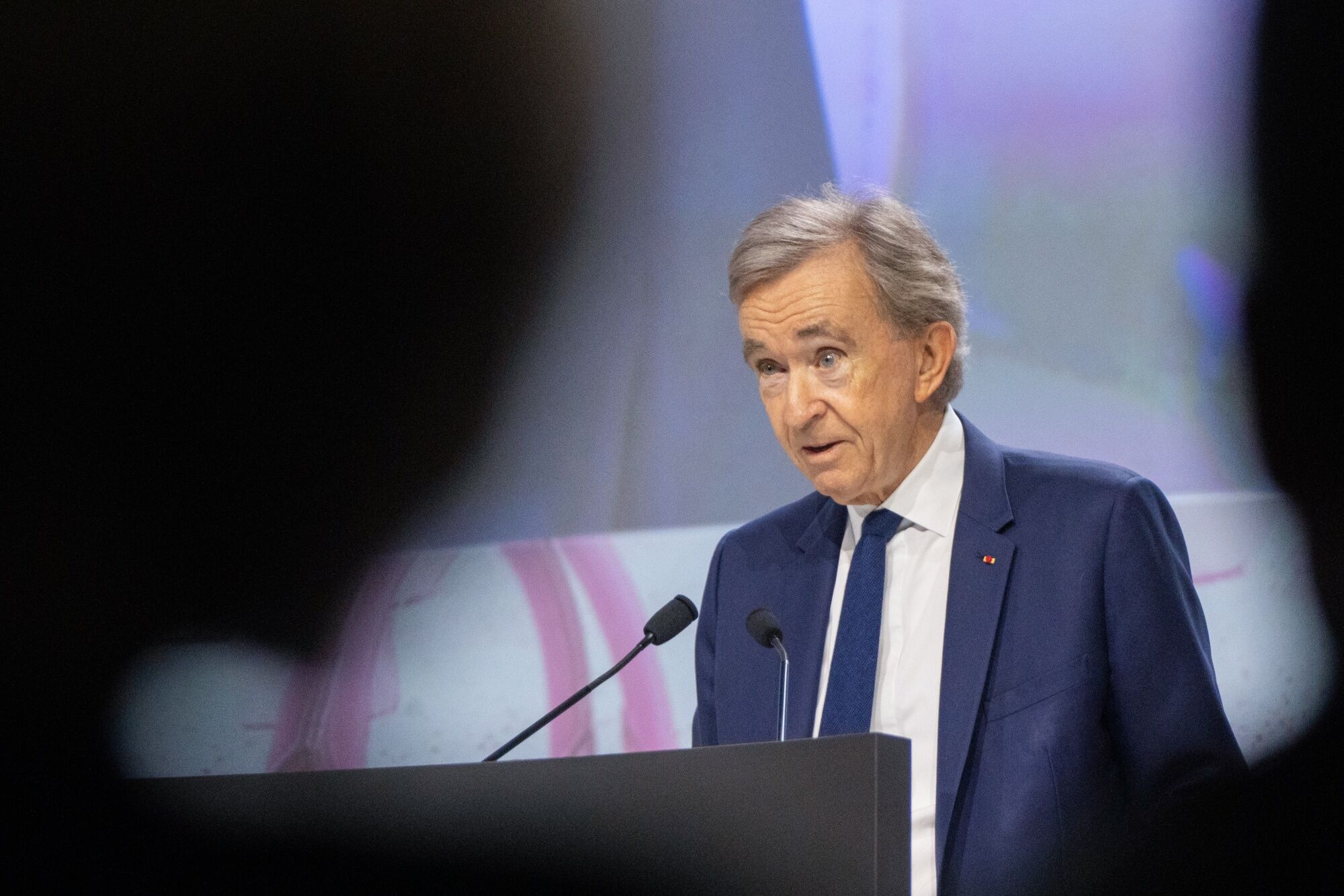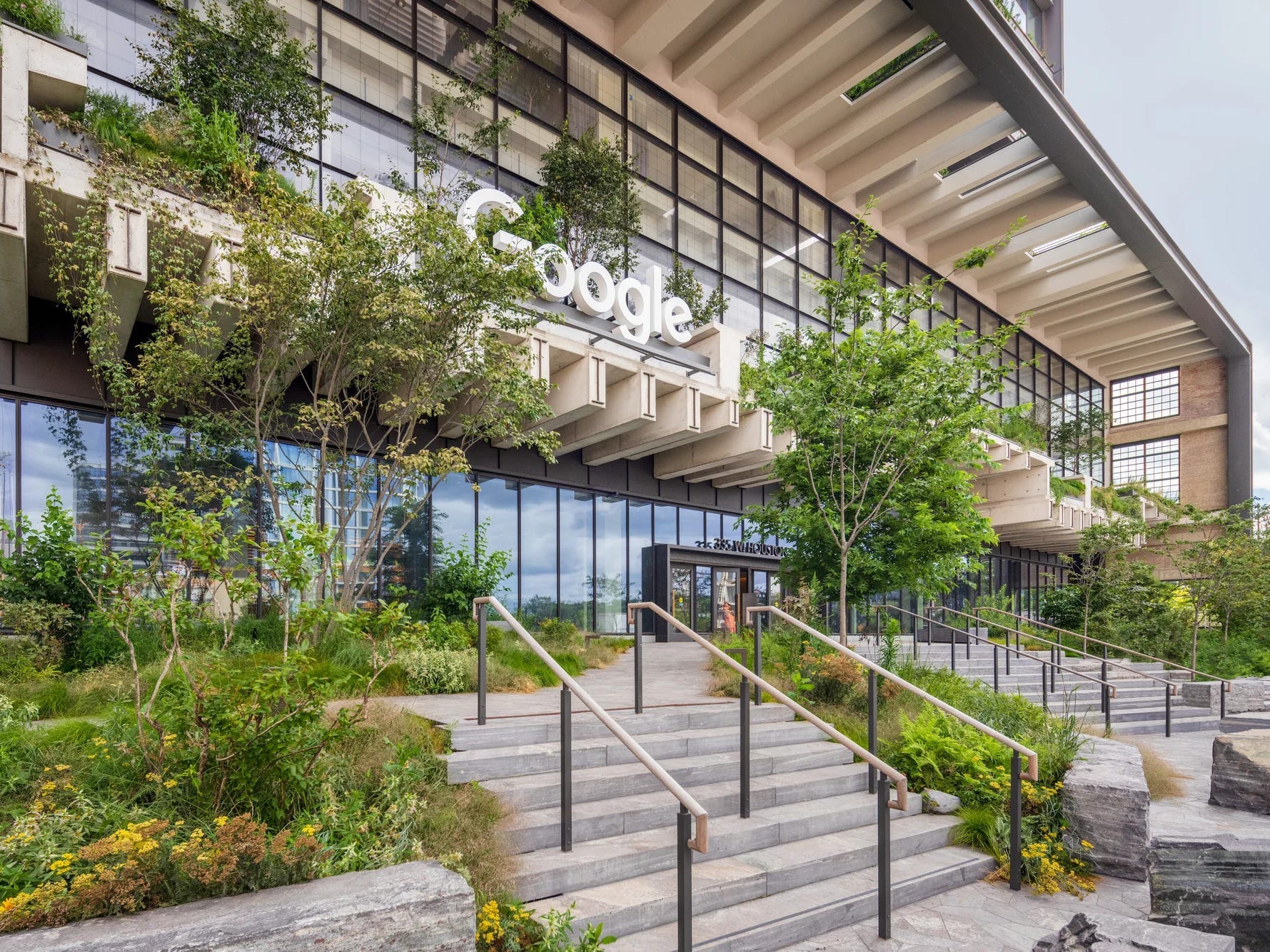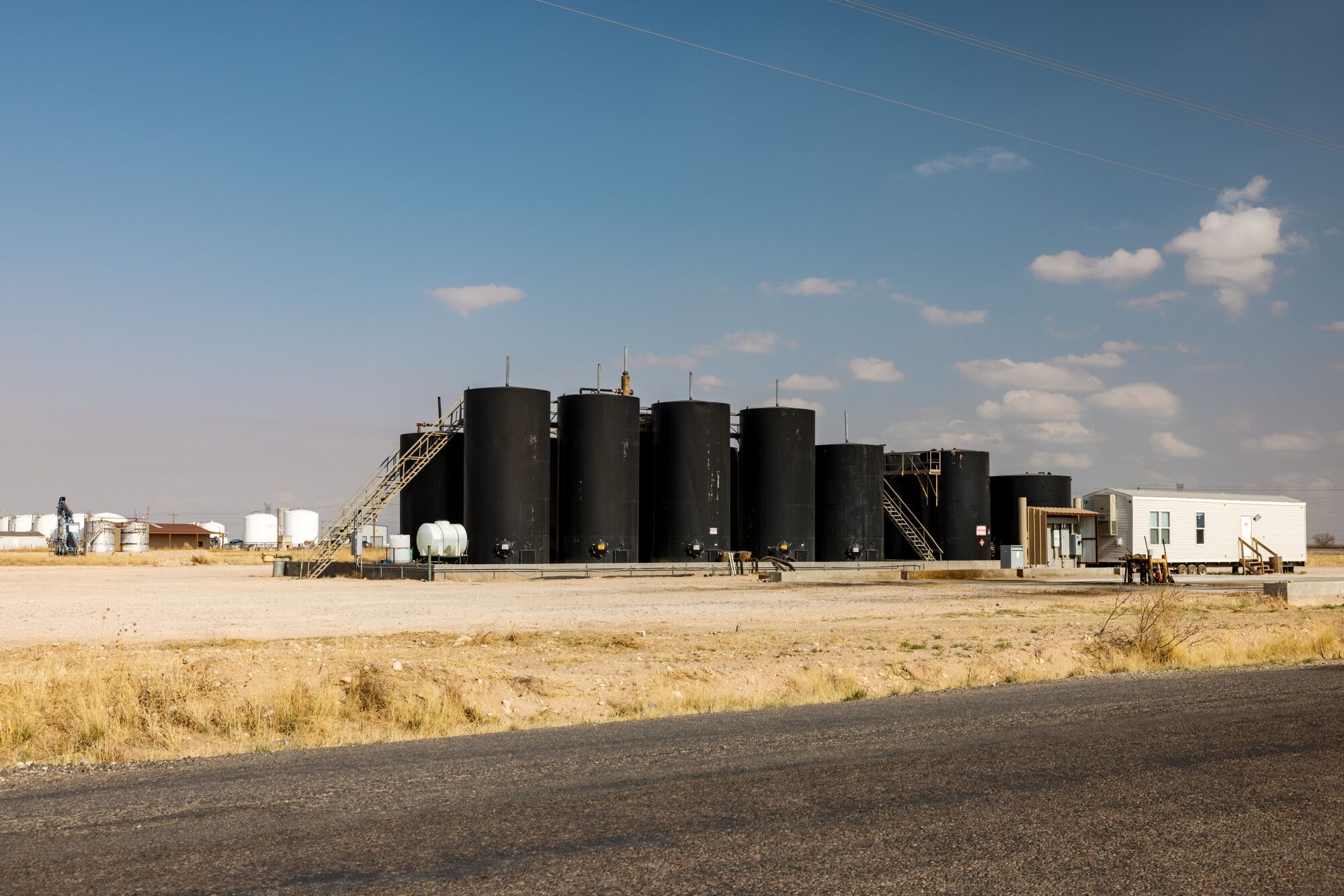
ACCELERATED ENERGY TRANSITION COULD CREATE 40 MILLION JOBS BY 2050, IRENA SAYS
An accelerated energy transition could add 40 million energy sector jobs by 2050, but “progressive” policies would be required to boost socioeconomic benefits from the pivot to clean energy, according to the International Renewable Energy Agency.
Although renewable sector employment is expected to triple by 2050, jobs will be unevenly distributed across regions, the Abu Dhabi-based agency said in a report on Wednesday.
Asia is projected to hold 55 per cent of global renewable jobs by 2050, followed by Europe at 14 per cent and the Americas at 13 per cent. Only 9 per cent of the jobs would be in sub-Saharan Africa.
“Policymakers have predominantly concentrated on the technological facets of the energy transition, often overlooking its socioeconomic implications,” said Francesco La Camera, Irena's director-general.
“The energy transition holds great promise for boosting the global economy, but we must address persistent inequality.”
In Africa, per capita gross domestic product is set to double by the middle of the century, but the continent’s resource-rich countries are likely to see faster growth, exacerbating regional inequalities, Irena said.
Meanwhile, emerging economies such as India and China are poised for “significant” growth, potentially reshaping the global economic landscape, it added.
Renewables pledge
More than 100 countries have endorsed the Cop28 pledge of tripling renewable energy capacity and doubling energy efficiency by 2030, Bruce Douglas, chief executive of the Global Renewables Alliance, said in a virtual session on Wednesday.
“That sends such a strong signal about the support for renewables. Renewables are now mature, and they are cost competitive in all markets around the world,” Mr Douglas said.
The doubling of renewable energy capacity by the end of the decade is “inevitable”, he said.
“We do desperately need action at the country level in order to meet the tripling target … [the world requires] something like 3 gigawatts a day every day built and connected between now and 2030,” he explained.
“The global stocktake part of the Cop28 process [is] going to be discussed next week [and] when you add up the nationally determined contributions to the country targets, we are way off track.”
Meanwhile, solar energy generation, a key driver of the transition from fossil fuels, is on the net zero by 2050 pathway, according to the International Energy Agency.
“Solar … is on track to deliver on its path and the lion's share of that tripling target,” Sonia Dunlop, chief executive of the Global Solar Council, said during the same session.
“We are currently … at 1 terawatt of total installed capacity, and we think, if given the right policy conditions, grid connections, grid capacity [and] the right finance, we could be at 8 terawatts by 2030.”
Renewable energy is expected to make up nearly half of the global electricity mix by 2030 under current policies, but “stronger” measures would be required to meet the goals of the Paris Agreement, the agency said in its World Energy Outlook last month.
By the end of the decade, the share of renewable energy in power generation is expected to rise to 50 per cent from 20 per cent currently, the Paris-based agency said.
2023-11-29T16:06:20Z dg43tfdfdgfd

